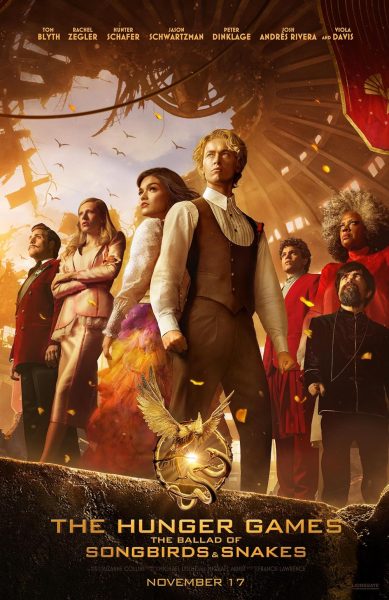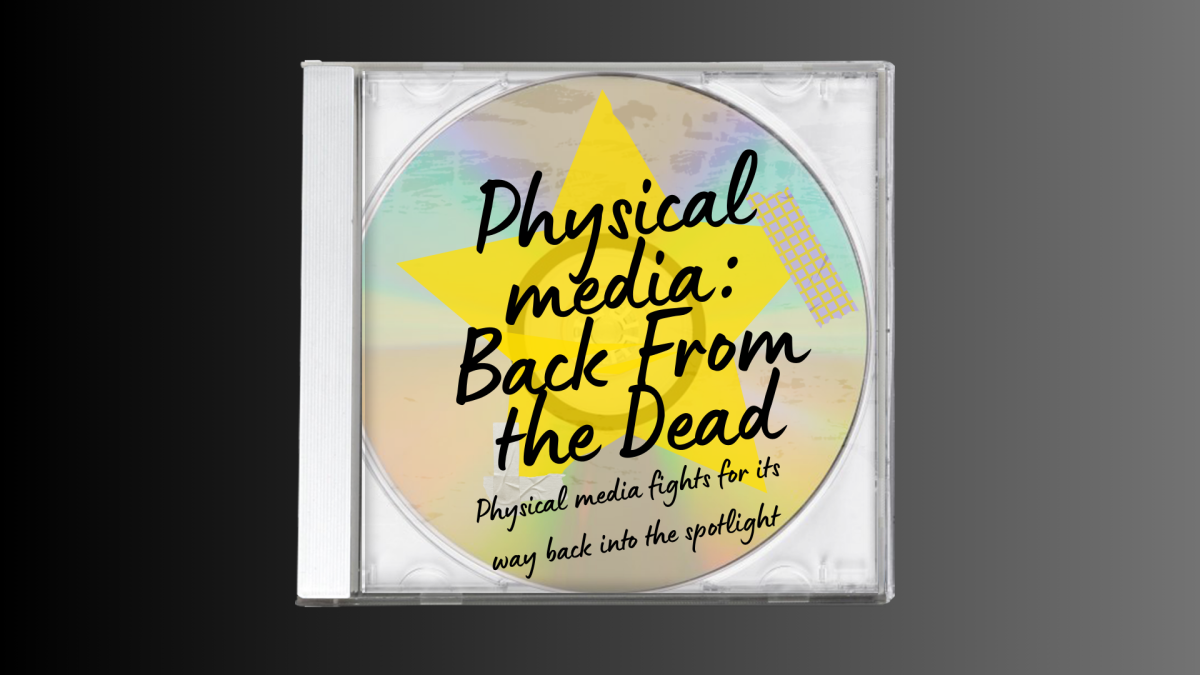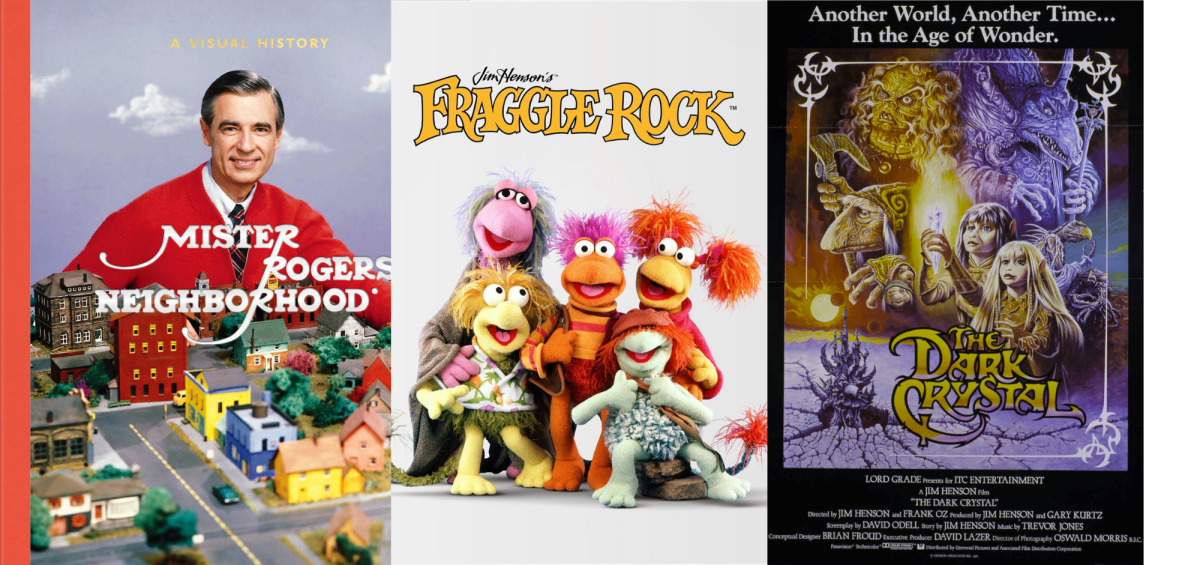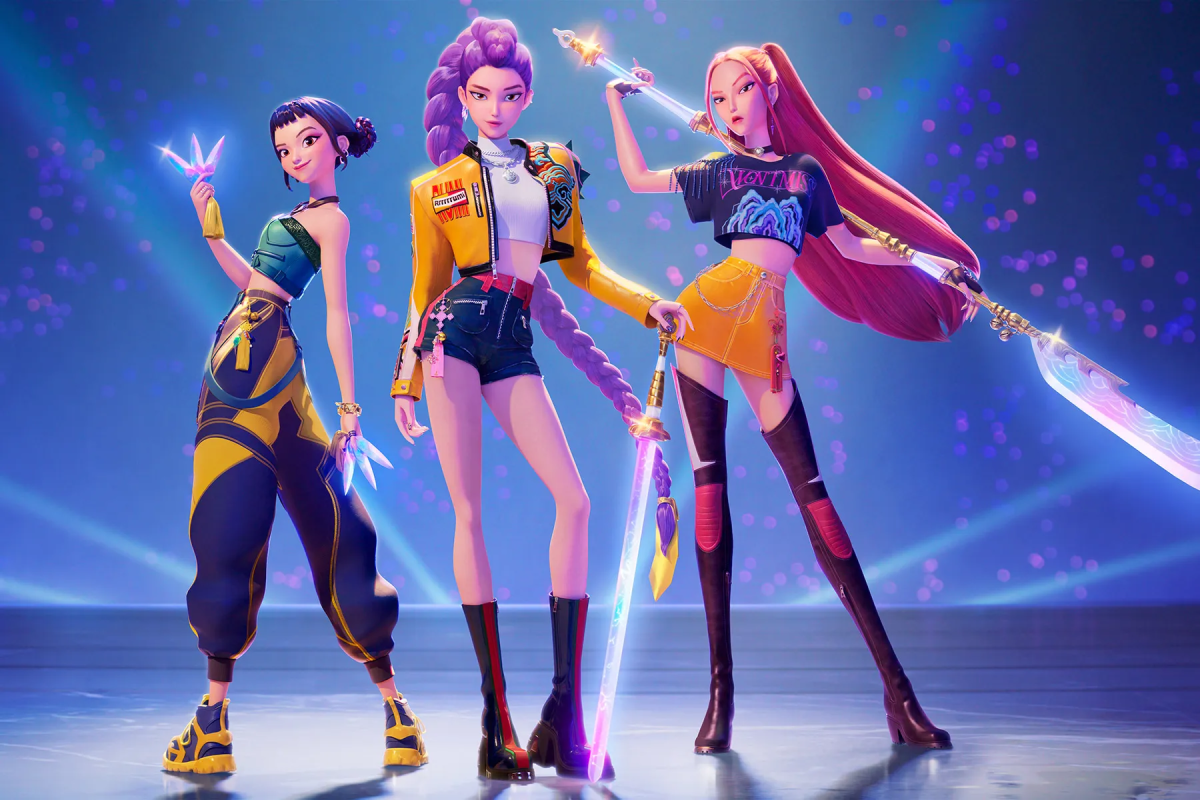I want to start by saying I am not a Hunger Games fan. I’ve read the original trilogy, but did not connect to it enough to watch its subsequent movie adaptation. I wasn’t even planning on reading the prequel novel “The Ballad of Songbirds and Snakes,” until I saw the movie trailer. The movie looked interesting, and also featured actress Rachel Zegler, whose career I’ve been following since West Side Story. For this combined reason, I saw the movie. Of course, planning to see the movie also compelled me to read the book (which I finished a day before I saw the movie). I can safely say this is my favorite Hunger Games universe story.

Set roughly 60 years before the main trilogy, The Ballad of Songbirds and Snakes (BOSAS) follows a young version of future Panem president Coriolanus Snow (Tom Blyth) during his final year at the Capitol Academy. It has been ten years since the end of the war between the Districts and the Capitol, and ten years since the first Hunger Games tournament. However, the Games are losing traction. In an attempt to revitalize the Games through spectacle, changes are made to the format. There are interviews and mentors for the Tributes (children from the twelve districts who fight in the Games), an announcer for the events, and a betting system for giving Tributes gifts (proposed by Snow). When Snow is assigned to District Twelve Tribute Lucy Gray Baird (Zegler), their connection and relationship sets off a chain of events that will forever alter Snow and Panem’s future.
BOSAS benefits from its recognizability — both in terms of its characters and setting.
President Snow is infamous, and thus interesting to the audience. This is a young incarnation of the character, and one that seeks to provide the root cause of his later behaviors. BOSAS doesn’t try to redeem Snow so much as explain him, but the narrative doesn’t fully capture his transition from misguided to malicious. Blyth’s performance is star-turning, but Snow is always calculating, self-serving, and ambitious to a fault; there’s no sense that these qualities were once good and have been corrupted by circumstances. Rather, Snow appears to have always been teetering on the edge of power-hungry and this is simply the final straw.
However, in showing his moral hollowness, BOSAS forces the audience to confront their morality.
BOSAS further emphasizes this through its setting in the early years of Panem.
Panem is ‘Pan America,’ and the Districts are groupings of U.S. states (Arkansas either falls into the agricultural District Eleven or the textile-based District Nine). The world is ours, and by extension, its narrative is an indictment of our failings.
The mere concept of the Hunger Games is a criticism of the abuses of wealth inequality. The richer districts profit off the backs of the poorer ones, and use this wealth to further elevate themselves while keeping their benefactors down.
The Games themselves represent the commodification of the human body. The worth of a person is not only decided by their labor, but by the story their bodies tell — the spectacle of their life and death.
The bodies of the poor districts are weakened from labor and harsh conditions compared to the beauty and strength of the rich districts’ bodies.
But rather than let the audience relegate this to some other culture or time or place (such as the gladiatorial fights the Games are reminiscent of), BOSAS makes it a point to show that this corrupted world is familiar to us.
Through the eyes of Lucy, the audience experiences the Games and the trials leading up to it. The audience will recognize the arena of the Hunger Games as an abandoned football stadium (complete with a rotating bar to count attendance), they will see some of the Tributes wearing denim, and recognize the Tributes’ accents.
These factors coincide with real life disparities. The poorer districts are reminiscent of Appalachia, and the South. The richer districts reflect the new money of the West Coast. This is shown to lead to a cultural divide; the Tributes’ insult one another for their origins and mock aspects of each other’s cultures.
This is the Hunger Games at its best. The audience cannot choose to interpret this as a cautionary tale for some far off place; they must realize it is simply an extreme of a system that already exists.
However, despite the strength of its presentation, and the brutality of its central conceit, BOSAS is a nearly bloodless (emotionally and physically) movie.
From a financial standpoint, staying within the bounds of a PG13 movie is smart. From a narrative standpoint, the story’s sanitization feels disingenuous.
The brief snippet of the war from Snow’s childhood cuts away before showing something too upsetting. Poverty is an abstract concept that’s visual representation is aesthetic. The Games Lucy survives feature quick, goreless deaths. Lucy herself is never forced to confront the reality that her survival is synonymous with the death of others. Zegler’s performance is stunning, but Lucy passively pulls through most of the challenges presented to her. Even the secondary plot surrounding side-character Sejanus Plinth (played brilliantly by Josh Andres Rivera, also of West Side Story) refuses to explore the complications and connection between change and violence.
And perhaps more troubling: this relegation to the surface doesn’t harm one’s ability to watch the movie. The plot holds together. The performances are still compelling. The design is still visually interesting. It’s possible to engage with BOSAS without engaging with issues central to its theme. It’s too easy a watch, one that doesn’t require the audience to be uncomfortable and sit with the implications of the story.
It’s enjoyable, but should it be?
7/10 would be uncomfortably comfortable again
Further breakdown:
Writing Quality: 8/10 Enjoyability: 8/10
Pace: 7/10 Visual elements: 8//10
Plot development: 7/10 Insightfulness: 7 /10
Characters (specifically the actors’ performances): 10/10







